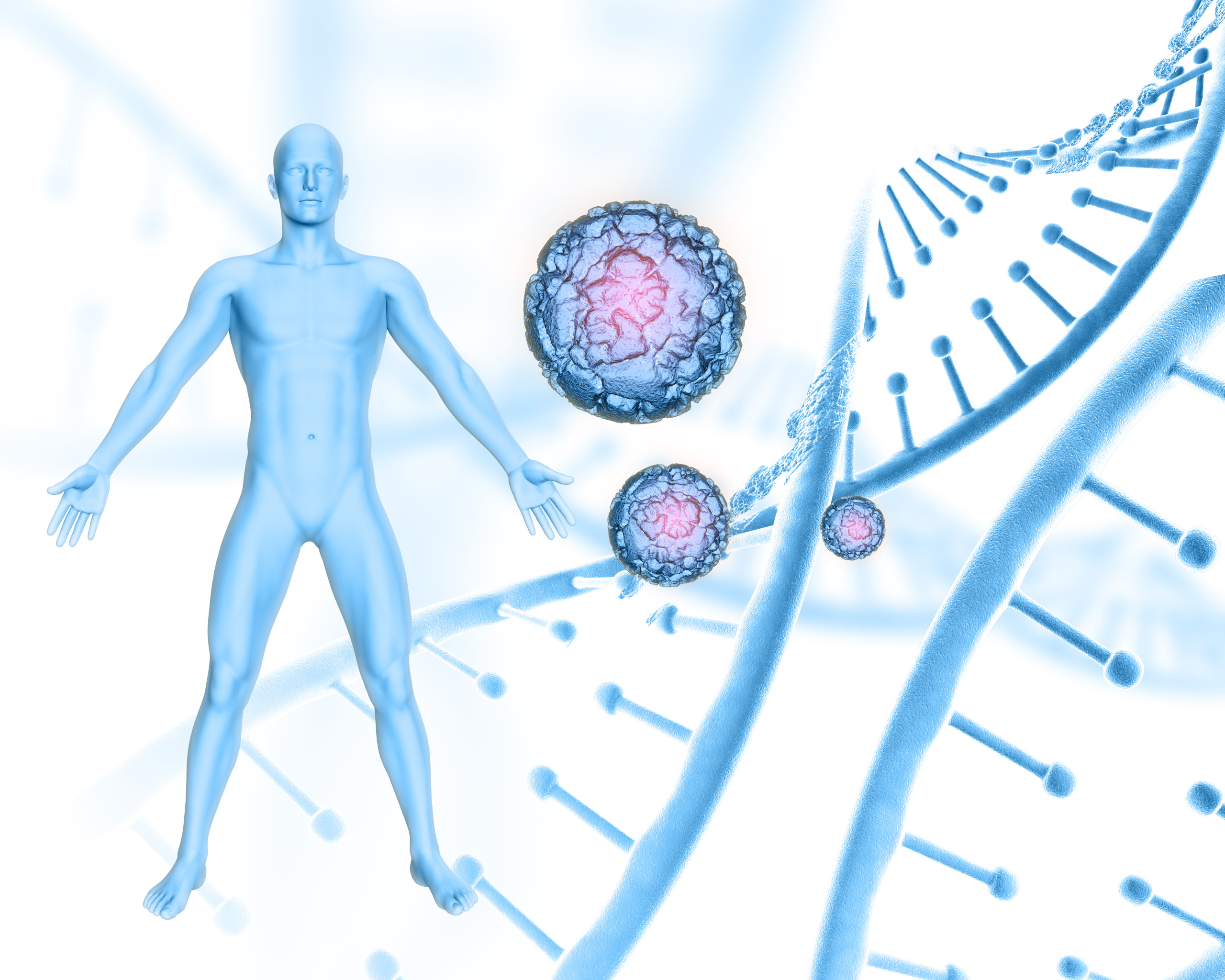Our bodies are amazing, and much more powerful than we realize! This is particularly true when it comes to our body’s natural ability to heal. Regenerative medicine is revolutionizing healthcare by unlocking the body’s natural ability to repair and restore itself like it did when it was younger
Two groundbreaking approaches in this field, stem cell derived exosomes and stem cells, themselves, are often discussed together but can serve distinct roles in advancing recovery. So, how do they compare, and what makes each unique? Keep reading as we dive into the world of stem cell-based and non cell-based regenerative approaches and other regenerative alternatives to uncover the facts!
What Are Stem Cells?
Stem cells are the building blocks of regenerative medicine. These undifferentiated cells have a remarkable ability to transform into specialized cell types, such as muscle, bone, or cartilage, depending on the body’s needs. These cells also produce exosomes and growth factors that help awaken and activate our own cells to behave in a more regenerative and youthful healing fashion.
A stem cell expert might describe them as the repair workers of the body, working tirelessly to help rebuild damaged tissues and promote healing from the inside out. Their versatility has made them a cornerstone of regenerative medicine approaches, helping to address issues like joint degeneration, soft tissue injuries, and more.
Understanding Exosomes
Exosomes are not cells themselves but tiny extracellular vesicles released by cells, including stem cells. Think of exosomes as the messengers of regenerative medicine, delivering crucial information in the form of proteins, peptides, lipids, and nucleic acids to other cells.
These tiny particles facilitate communication between cells, playing a vital role in regulating inflammation, stimulating tissue repair, and enhancing overall cellular function. This is exactly how our own cells can be activated to heal better.
Stem Cell derived Exosome therapy is gaining attention for its precision and efficiency. Unlike some other cell-based treatments, in the coming years, exosomes will be engineered to target specific tissues, offering a more highly tailored approach to healing enhancement
Stem Cells vs Exosomes
Both stem cells and exosomes are essential players in regenerative medicine, but they serve distinct purposes:
Role in Healing
Stem cells are thought to directly repair and regenerate damaged tissues, while exosomes act as facilitators, amplifying and guiding the body’s natural healing processes. However, stem cells also deliver their exosomes to activate our own cells.
Source
Stem cells can be harvested from tissues like bone marrow or fat, or donated ethically after a successful C-section from perinatal afterbirth products, while exosomes are collected from healthy stem cells, or also from amniotic fluid.
Focus
Exosome therapy often targets cellular communication and inflammation reduction, whereas stem cells focus on rebuilding and replacing damaged tissue. But again, stem cells deliver their exosomes which can then do the targeting.
Cost
Exosomes are more abundant and usually much less costly than stem cells.
Penetration
Exosomes are much better at crossing tissues, including the blood/brain barrier into the nervous system.
The Promise of Regenerative Medicine
Both exosome therapy and stem cell-based treatments represent current help with healing and are improving continuously Whether you are exploring exosomes or other regenerative alternatives, the key is understanding which approach best aligns with your health goals!
If you are curious to learn more about how these innovative methods could benefit you, contact us today! Our stem cell expert Dr. Jeff Gross is dedicated to helping you navigate the world of regenerative medicine with clarity and confidence!

